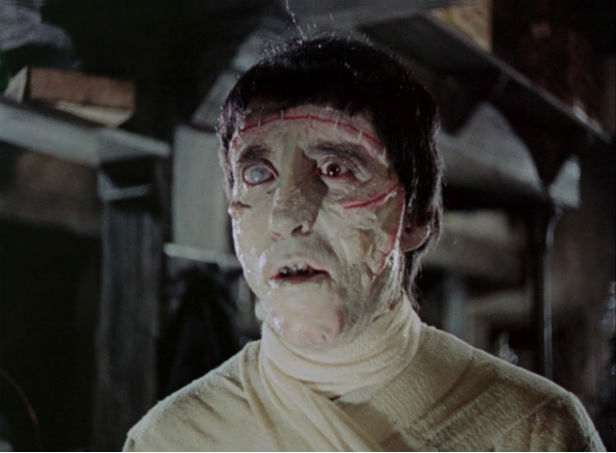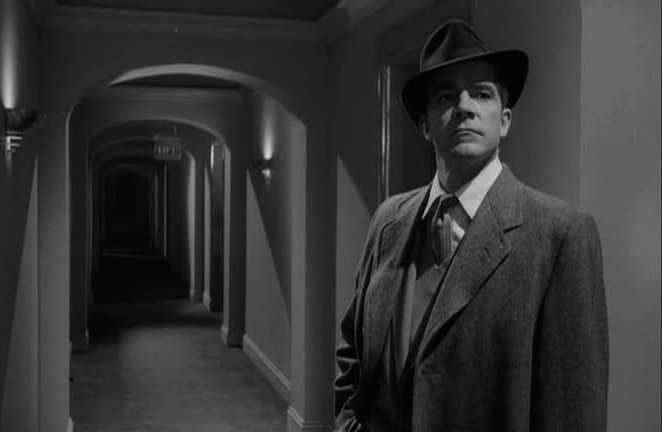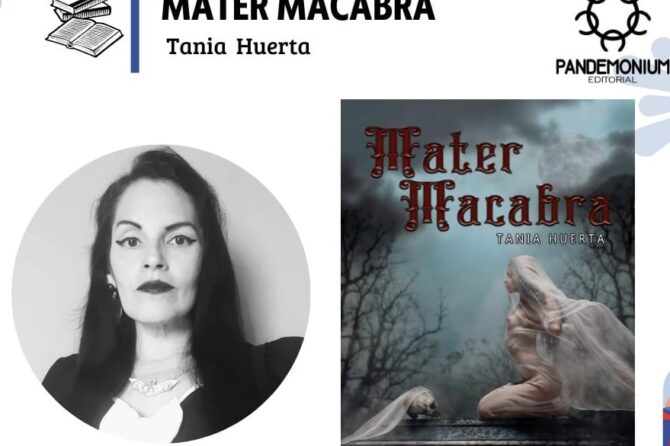HOW much horror should you depict and how much should you leave to the imagination?
It is a dilemma that has confronted anyone who has ever attempted to scare people in the name of entertainment.
The question is particularly relevant for film-makers, who stand some chance of winning critical approval if they stress atmosphere over gore, but will probably make more money by doing things the other way around.
On November 19 1956, filming began simultaneously on two British horror films that are particularly significant to this debate: The Curse of Frankenstein and Night of the Demon (known in the US as Curse of the Demon).

The Curse of Frankenstein was Hammer Films’ first real horror movie, shot in lurid colour. If anyone at Hammer had expected to be acclaimed in their own country for coming up with a fresh and exciting take on the genre, they would have been disappointed.
Most critics were outraged. C.A. Lejeune, in the generally liberal Sunday paper the Observer, was ready to call in the forces of the State: “Can’t anything be done about it? Of course it can if anyone in authority takes some trouble…”
The critics may have been upset by the way Terence Fisher’s film portrayed Baron Frankenstein – as a ruthless, unsympathetic character, a world away from the hand-wringing figure of Colin Clive in the Universal movies. But what really upset them was the gore. For the first time in cinema, we had eyeballs in jars, dismembered hands and splashes of vivid red blood. To most critics, all this was horribly vulgar and exploitative.
In his book A Heritage of Horror, the critic David Pirie argued that Hammer was heir to a long tradition in English literature which gave readers as direct an experience as possible of the horror they were describing.
“What is vitally important is that the critic has some awareness of these components of Gothic literature, rather than simply throwing up his hands at what he always imagines is some new and particularly degenerate form of morbidity,” Pirie wrote.
Pirie had clearly read up thoroughly on his subject, and traced this tradition to M.G. Lewis’s The Monk in 1796. I would take issue with him somewhat, because surely Hammer’s approach is no more or less valid for being part of a literary tradition. But on the other hand it is irresistible to watch a really clever person take on the majority of film critics.
Night of the Demon owes something to the films of Val Lewton, who between 1942-46 produced a cycle of horror movies for RKO which had catchpenny titles but a great deal of subtlety. The most obvious debt to Lewton’s films is in its choice of director – Jacques Tourneur, who had made Cat People, I Walked With a Zombie and The Leopard Man for Lewton.
Based on M.R. James’s The Casting of the Runes, the film tells of a resolutely rational psychologist (Dana Andrews) who very nearly falls victim to a curse placed on him by a member of a diabolical cult, despite not believing in that cult’s power.

The best sequences in Night of the Demon are surely those which do not show very much horror at all – the clouds which suddenly form over a children’s party at the behest of the diabolist Karswell (Nial MacGinnis), an extremely eerie seance scene and some unsettling prowling around an empty mansion.
Tourneur himself very much believed in the Lewton approach of implying, not showing, the monster. “With Cat People I learned that it was necessary to suggest horror, never show it directly,” he is quoted as saying in Tony Earnshaw’s Beating the Devil: The Making of Night of the Demon. As a result, he was furious that producer Hal Chester inserted shots of the film’s titular demon early in the movie. Tourneur said he had intended only to show four frames of it at the end: “Boom, boom – did I see it or didn’t I? People would have to sit through it a second time to be sure of what they saw.”
Despite Tourneur’s protestations, however, plenty of people did relish the appearance of the monster, and I have spoken to people who were terrified by it. Certainly it did nothing to diminish the atmosphere Tourneur conjured up in the rest of the film.
Perhaps the coincidence of these two great horror films being made at the same time helps demonstrate that both approaches – Tourneur’s and Fisher’s – are valid. But we should also acknowledge that most horror employs a bit of each approach.
All writing and film-making involves choices about what to leave out. The goriest horror movie, if done with any skill, plays on our anxieties about what we might be about to see. It frequently also makes us think we have seen more horror than we have. Some people will swear blind that they have seen explicit shots in Hammer horrors that weren’t actually there. Surely the power of suggestion is present whenever there is good story-telling.










